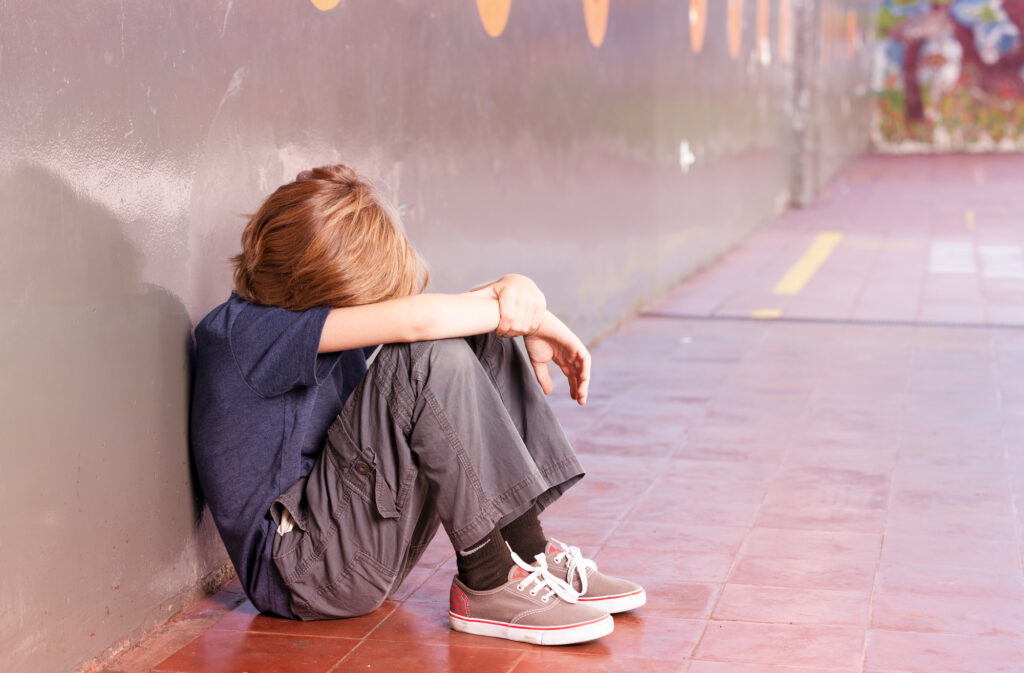Any child can be bullied, particularly younger children and those who have few friends or are easily intimidated. At any age, bullying can take many forms. For example:
Physical bullying includes hitting, punching, kicking and other types of physical harm, as well as destruction of a child’s property.
Verbal bullying includes teasing, name-calling, taunting and racial slurs, as well as spreading gossip or malicious rumors.
Cyberbullying includes harassing emails, instant messages and text messages, as well as intimidating or threatening websites, blogs or posts.


Children who are bullied may be afraid to go to school. They may complain of headaches or stomachaches and have trouble concentrating on schoolwork. In the long term, the consequences of bullying may be even more severe. Children who are bullied have higher rates of depression, anxiety, low self-esteem and other mental health conditions. Children who are bullied are more likely to think about suicide. Some of these wounds may linger into adulthood
If your child is being bullied, he or she may remain quiet out of fear, shame or embarrassment. Be on the lookout for these warning signs:
If you suspect that your child is being bullied, take the situation seriously:
If your child is being bullied, remember that early intervention can help prevent lasting problems ? such as depression, anxiety and low self-esteem. Don’t leave your child to handle it alone. Your child needs your support now more than ever.